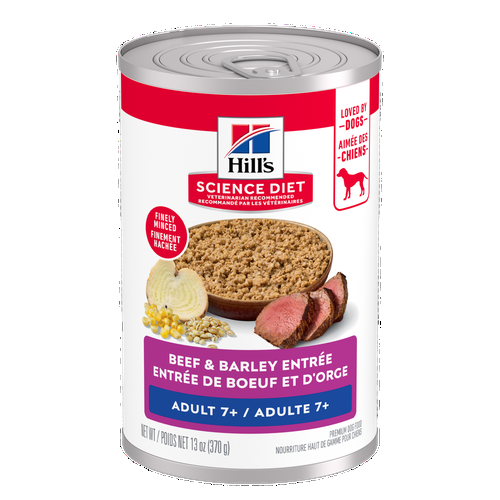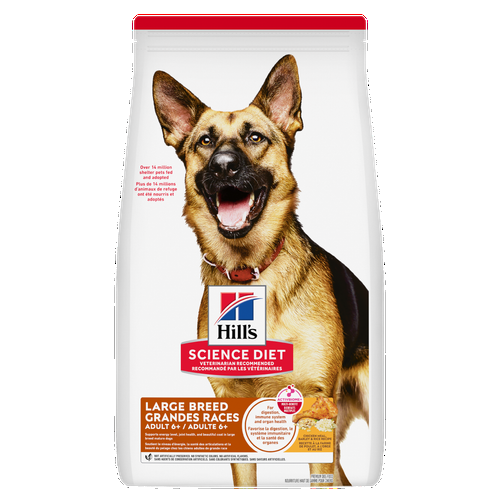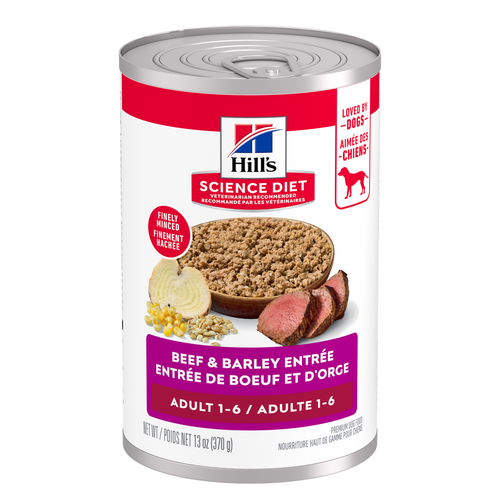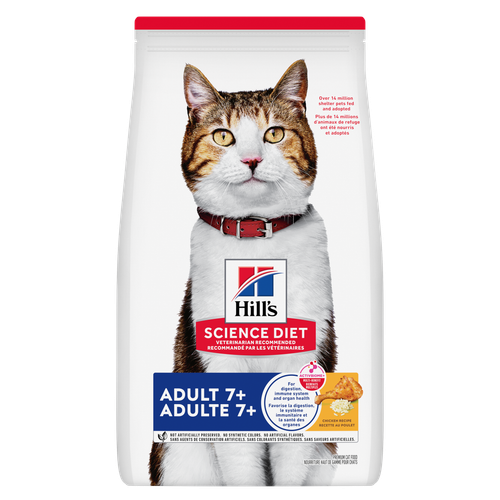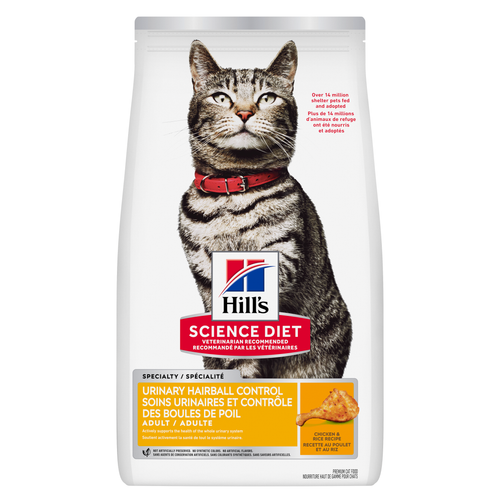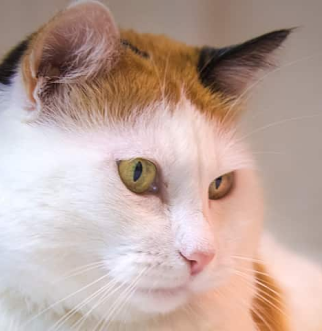

Stomatitis in cats, also known as feline stomatitis or feline chronic gingivostomatitis, refers to inflammation in a cat's mouth. This disease is common, painful and affects cats of all breeds and ages. While it can be fatal, the right treatment can help your cat live comfortably with this condition.
What Is Feline Stomatitis?
Stomatitis in cats is a blanket term for extensive, chronic and painful inflammation in the mouth. According to the Massachusetts Society for the Prevention of Cruelty to Animals, up to 4% of cats are affected by the disease. There are two main types of stomatitis. One form involves inflammation of the gums surrounding teeth; the second form, called caudal stomatitis or faucitis, affects the back of the mouth where the upper and lower jaws meet.
What Causes Stomatitis in Cats?
Researchers haven't yet discovered the cause of stomatitis in cats. They know that affected cats have altered immune function, but it's not clear why. Viruses, bacteria and periodontal disease are all thought to contribute to the disease, but scientists don't know what makes affected cats' immune systems go haywire in response to plaque and bacteria.
Some studies suggest a link between stomatitis and calicivirus, a virus that causes upper respiratory disease in cats. Viruses that affect the immune system, like feline leukemia virus and feline immunodeficiency virus, may also play a role. All that scientists know for sure is that affected cats develop a disproportionate reaction to plaque and bacteria that leads to excessive inflammation in the mouth.
What Are the Signs of Stomatitis in Cats?
Signs of stomatitis are associated with inflammation — think really red gums. The affected areas in a cat's mouth are typically bright red and bleed easily. Feline stomatitis also causes bad breath, drooling and excessive swallowing. Because stomatitis is often painful, affected cats may refuse to eat and groom, or they may chatter their teeth or paw at their faces. Cats with stomatitis may be thin, look scruffy, have matted hair and be underweight.
How Is Stomatitis in Cats Diagnosed?
There's no specific test for feline stomatitis. The diagnosis of stomatitis in cats is based on a cat's health history and a physical examination. Your veterinarian may recommend additional tests, such as tests for feline leukemia virus and feline immunodeficiency virus, routine bloodwork and a urinalysis. These tests can rule out other conditions that cause inflammation in the mouth, including tooth resorptive lesions, liver disease, kidney disease and cancer. Dental X-rays and a complete oral examination are also usually recommended. Depending on what your veterinarian finds during the oral exam, they may suggest a biopsy.
How Is Stomatitis in Cats Treated?
Treatment of feline stomatitis depends on many factors, including the severity of the disease and a cat's response to therapy. Because no one knows what actually causes feline stomatitis, there's no specific treatment. However, there are many ways to help manage the disease.
If your cat has been diagnosed with feline stomatitis, getting them regular veterinary and dental care gives them the best chance at successfully managing the disease. Because stomatitis is so painful, the first step of treatment is to control pain with medication. If your cat has an oral infection, your veterinarian may also prescribe antibiotics. Because periodontal disease is associated with stomatitis, your veterinarian will likely recommend your cat has routine dental care, including dental X-rays and a thorough cleaning, which is a good idea even for cats that aren't currently experiencing oral health issues.
When the disease is properly managed, cats' long-term outcomes vary. Even with dental care, many cats with stomatitis require long-term anti-inflammatory medicine and occasional antibiotic therapy to control inflammation.
If your cat doesn't respond well to medical management, your veterinarian will likely recommend extracting their teeth. Teeth provide a surface for bacteria, which causes the immune system to overreact; removing teeth eliminates the opportunity for bacterial colonization. Cats who get teeth extracted usually just have their molars and premolars removed. Overall, cats tend to do very well after this procedure and once healed, tend to eat better. In fact, some cats can even eat dry food without teeth.
What Is the Role of Nutrition in Managing Stomatitis in Cats?
Cats who have feline stomatitis may find it too painful to eat hard food. If your cat is suffering from stomatitis, your veteranarian can recommend ways to try to make eating more comfortable, such as switching to a soft canned food or moistening your cat's dry food with water, so it forms a mash. Some cats may even find it difficult to eat canned food; in this case, you may have to puree canned food until their gums heal.
Even though feline stomatitis is a painful condition, many cats respond well to veterinary therapy and are able to regain a wonderful quality of life.

